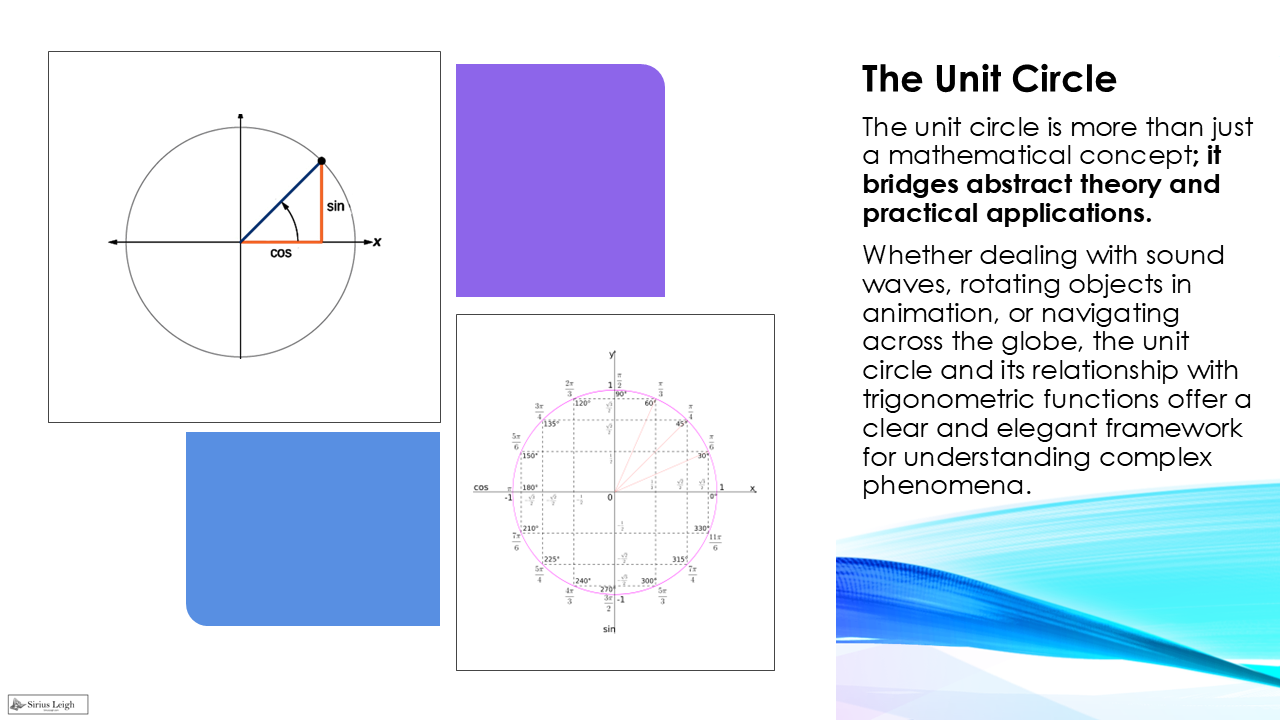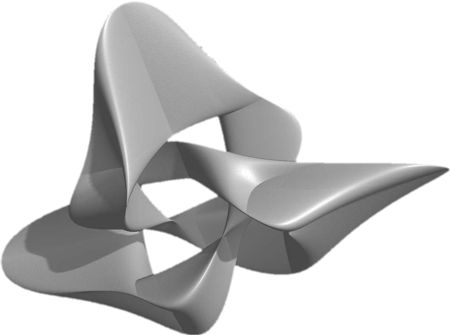
The Unit-Circle
The unit circle is a fundamental concept in mathematics, especially in trigonometry, and serves as a powerful tool for understanding angles, trigonometric functions, and even complex numbers. Despite its mathematical roots, the unit circle has many applications in real-world scenarios.
What is the Unit Circle?
The unit circle is simply a circle with a radius of 1, centered at the origin (0,0) on a coordinate plane. Every point on this circle has coordinates that satisfy the equation:

A Brief History of the Unit Circle
The history of the unit circle traces back to ancient civilizations and has evolved over centuries:
- Babylonians (c. 1800 BCE): Early studies of angles and circular measurements began with the Babylonians, who developed the 360-degree system still in use today.
- Ancient Greeks (c. 300 BCE): Mathematicians like Hipparchus and Ptolemy introduced chord tables that laid the groundwork for modern trigonometry.
- Islamic Golden Age (8th–14th centuries): Scholars such as Al-Battani and Omar Khayyam refined trigonometric concepts and developed early forms of sine and cosine functions.
- Renaissance and Early Modern Period (16th–18th centuries): European mathematicians like François Viète and Leonhard Euler formalized the use of the unit circle. Euler’s Formula (1748) established a direct link between the unit circle and complex numbers:
- 19th Century and Beyond: The unit circle became a standard tool for visualizing trigonometric functions and played a key role in developing Fourier analysis and signal processing.
Trigonometric Functions and the Unit Circle
The unit circle helps us visualize trigonometric functions like sine (sin) and cosine (cos). When you draw an angle starting from the positive x-axis and rotate it counterclockwise, the x-coordinate of the point where the line meets the circle represents (cosine of the angle), and the y-coordinate represents (sine of the angle).
Relationship with the Sine Curve
Imagine tracing the y-coordinate of a point moving around the unit circle as the angle increases. If you plot these y-values against the angle, you create a sine curve. This visualization makes it clear why the sine wave repeats every 360 degrees (or radians) and has peaks at and troughs at .
Applications in the Complex Plane
In the complex plane, numbers are expressed as , where is the square root of -1. The unit circle is used to represent complex numbers in polar form:
This relationship helps in multiplying and dividing complex numbers by rotating and scaling them around the origin, which is particularly useful in electrical engineering and signal processing.
Real-World Uses of the Unit Circle
- Engineering: The unit circle is used in analyzing waveforms, alternating currents, and signal frequencies.
- Animation and Game Development: It helps simulate rotations and circular motion in graphics engines.
- Navigation: Trigonometric functions derived from the unit circle assist in GPS and determining bearings.
- Music Production: Sound waves are modeled using sine and cosine functions that originate from the unit circle concept.
Conclusion
The unit circle is more than just a mathematical concept; it bridges abstract theory and practical applications. Whether you’re dealing with sound waves, rotating objects in animation, or navigating across the globe, the unit circle and its relationship with trigonometric functions offer a clear and elegant framework for understanding complex phenomena.
